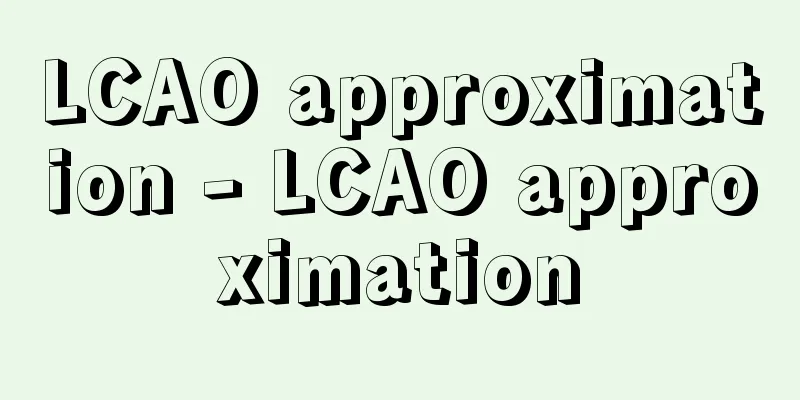Right of admission - Iriaiken

|
The right of villagers and villagers to jointly enter the mountains and fields or waters to gather firewood, charcoal, and grass. This kind of act has been practiced since ancient times, but it was not until the end of the Muromachi period that it was given the name iriai, irisou, or iriai, and was institutionalized nationwide during the Edo period. There are four types of iriai: village-wide iriai, other village iriai, private land iriai, and public land iriai, depending on whether the iriai land is within the village, land of another village, private land owned by a third party, or public land. There was also a multi-village iriai, where several villages joined a certain piece of land. The rules for iriai were determined by custom or "murakyoku," and the residents' shares were also determined by this. However, the right to iriai has been controversial in the past because it does not harmonize with the nature of modern ownership and because the provisions in the Japanese Civil Code were insufficient. Furthermore, the rapid changes in Japanese rural society have made this issue even more complicated. The Civil Code distinguishes between common rights that have the nature of co-ownership (Article 263) and those that do not (Article 294). The current Japanese Civil Code treats the former as subject to the provisions on co-ownership and the latter as subject to the provisions on easements (Articles 263 and 294). Source: Encyclopaedia Britannica Concise Encyclopedia About Encyclopaedia Britannica Concise Encyclopedia Information |
|
郷村,村落の住民が共同して山野あるいは水面に立入り,薪炭牧草などを採取する権利。この種の行為は,上代から行われていたが,それが入会,入相,入合などの名称を得たのは,室町末期であり,江戸期にいたって全国的に制度化された。入会地が自村内の土地の場合,他村の土地の場合,第三者の私有地の場合,官有地の場合によって,村中入会,他村入会,私有地入会,官有地入会の4種に分けられる。また,一定の土地に数村が入会う,数村入会というものもあった。入会についての諸規則は,慣行,あるいは「村極」によって決定され,住民の持分なども,これによって定まるものとされていた。しかし入会できる権利は近代の所有権の性質と調和しない点,および日本民法の規定が十分でなかった点で従来議論を呼んできた。さらに日本の農村社会の急激な変化は,この問題を一層複雑なものにした。民法では入会権を共有の性質をもつもの (263条) と,もたないもの (294条) とに分けている。前者については共有の,後者については地役権の民法におけるそれぞれの規定を準用するべきものとするのが日本の現行民法の扱いである (263,294条) 。
出典 ブリタニカ国際大百科事典 小項目事典ブリタニカ国際大百科事典 小項目事典について 情報 |
<<: Induction group - Induction group
Recommend
Social Education Law
This law was enacted in 1949 (Showa 24) to stipul...
Demand - Demand
〘Noun〙① (━suru) The desire to buy goods or to desi...
Altan Khan
Tumed, chief of Inner Mongolia, during the Ming D...
Senninkoku (English spelling) love-lies-bleeding
An annual plant of the Amaranthaceae family, culti...
Applismo - Applismo
...a political movement with the masses as its su...
Rubble movie - rubble movie
...Following Italy's Neorealism just after Wo...
Kamerny Theatre
A theater in Moscow. It was founded (1914) by dire...
Indicator - Injikator (English spelling) indicator
This is a measuring instrument that measures the ...
Vapheio Cup - Vapheio Cup
A pair of golden cups were discovered at the Tholo...
Arrest on a different charge - Bekken Taiho
Investigative method in which a person is arreste...
Ibaraki
A Kabuki dance drama. Nagauta. One act. Written b...
Parthava
…in China, he is known as Arshak, a transliterati...
Intracellular digestion
…Then hydrolysis by digestive enzymes occurs (che...
Akira Iwai
Born: April 25, 1922 in Matsumoto, Nagano [Died] F...
ascending reticular activating system
…He later served as professor at the University o...









